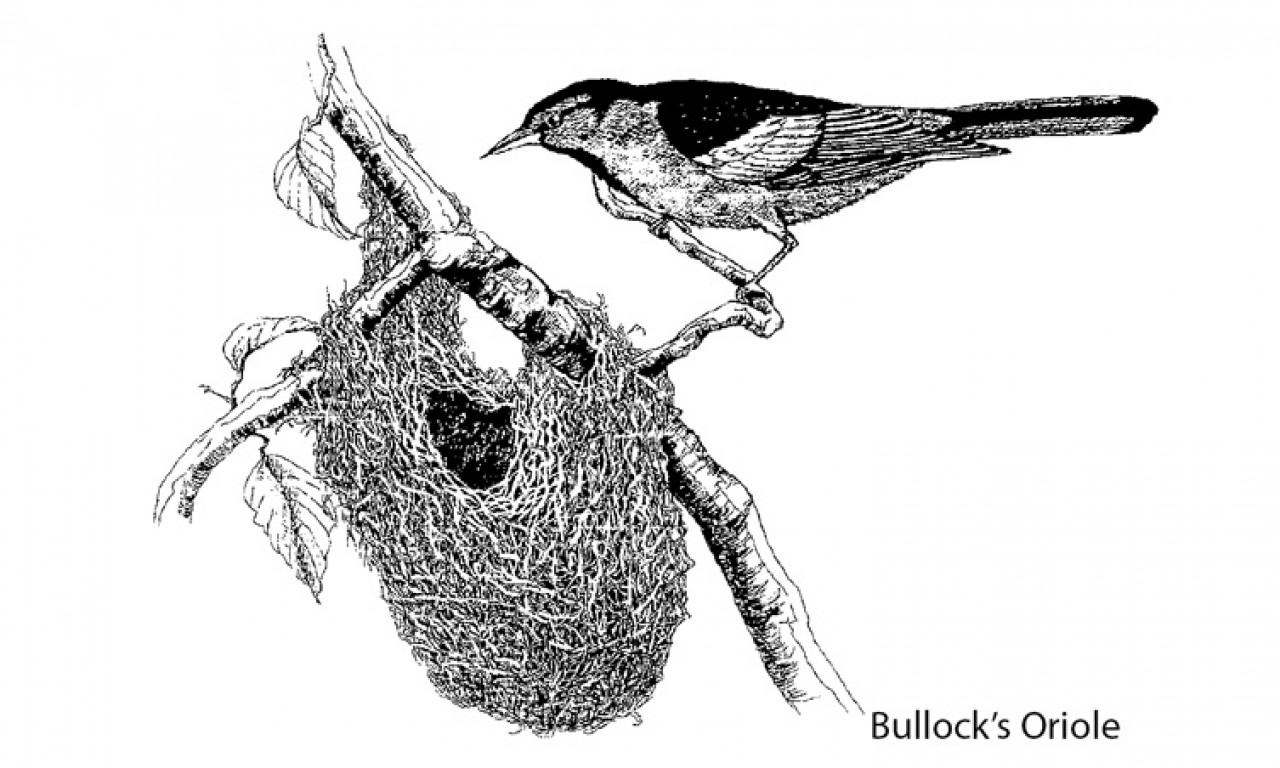Have you ever been curious where the common or Latin names of animals come from, when those names feature people’s last names, like the Abert’s squirrel and the Wilson warbler? Read on, and you will discover the mystery behind each name!
John James Abert-Abert’s Squirrel
Born in West Virginia in 1788, Abert was a United States soldier. A graduate of West Point, he enlisted in the D.C. Militia during the War of 1812 against British rule, and rejoined the army as a topographical engineer in October 1814. He remained with the Corps of Topographical Engineers for 32 years, and was promoted to Colonel in July 1838. Officers working under him were responsible for the exploration and mapping of the lands west of the Mississippi River.
Charles Lucien Jules Laurent Bonaparte-Bonaparte’s Gull
The nephew of Napoleon, Charles was a French biologist and ornithologist. Raised in Italy, he moved to Philadelphia in 1822. Before leaving Italy, Charles had already discovered a warbler new to science, and on the voyage, he collected specimens of a new storm-petrel. On arrival in the United States, he presented a paper on this new bird, which was later named after Alexander Wilson. Bonaparte then started studying the ornithology of the United States and updating Wilson’s American Ornithology. In 1824, Bonaparte tried to get John James Audubon (then unknown) accepted by the Academy of Natural Sciences. At the end of 1826, Bonaparte and his family returned to Europe, settling in Rome in 1828. There he promoted several scientific congresses, and lectured and wrote extensively on American and European ornithology and other branches of natural history.
William Bullock-Bullock’s Oriole
Bullock was an English traveler, naturalist and antiquarian. In 1795 he founded a Museum of Natural Curiosities in Liverpool containing works of art, armory, objects of natural history, and other curiosities, some of which had been brought back by members of James Cook’s expeditions. He later moved his collection to London, where it grew to 32,000 items and became extremely popular. He visited the United States in 1827, and bought land along the Ohio River. Bullock was a fellow of the Linnean, Horticultural, Geological, and other societies, and published several pamphlets on natural history.
John Cassin-Cassin’s Finch Cassin’s Kingbird, Cassin’s Vireo
Born in 1813 in Philadelphia to a Quaker family with distinguished military and naval service, Cassin is considered one of the giants of American ornithology. He was America’s first taxonomist, describing 198 birds not previously mentioned by Wilson or Audubon. Cassin drew, printed and hand-colored many of the illustrations for the Pacific Railroad Surveys as the western regions of the United States were explored. The best known of Cassin’s many publications are his Illustrations of the Birds of California, Texas, Oregon, British and Russian America (1853-56), and Birds of North America (1860), co-authored with Spencer Fullerton Baird and George Newbold Lawrence.
William Clark-Clark’s Nutcracker, Clark’s Grebe
Best known for the Lewis and Clark expedition, William Clarke was an American explorer, soldier, Indian agent, and territorial governor. Born in Virginia in 1770, Clark grew up in pre-statehood Kentucky before settling in what became the state of Missouri. He was a planter and slaveholder. In 1803, Meriwether Lewis recruited Clark to share command of the newly formed Corps of Discovery, whose mission was to explore the territory of the Louisiana Purchase, establish trade with Native Americans and the sovereignty of the US. Clark spent three years on the expedition to the Pacific Coast. He concentrated chiefly on the drawing of maps, the management of the expedition’s supplies, and leading hunting expeditions for game.
William Cooper-Cooper’s Hawk
Cooper was an American naturalist, conchologist and collector. He studied zoology in Europe from 1821 to 1824, and afterwards traveled to Nova Scotia, Kentucky and the Bahamas collecting specimens. His specimens were of great help to
others, such as Audubon, Charles Bonaparte and Thomas Nuttall. Bonaparte named the Cooper’s Hawk for him, after Cooper collected a specimen in 1828. Cooper was one of the founders of the New York Academy of Sciences, and the first American member of the Zoological Society of London.
Meriwether Lewis-Lewis’ Woodpecker
Lewis was an American explorer, soldier, and public administrator, best known for his role as the leader of the Lewis and Clark Expedition (also known as the Corps of Discovery)with William Clark. Lewis’ woodpecker was named after him by ornithologist Alexander Wilson.


